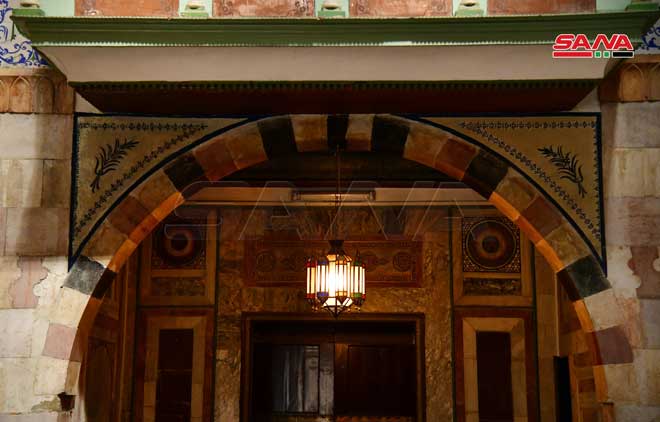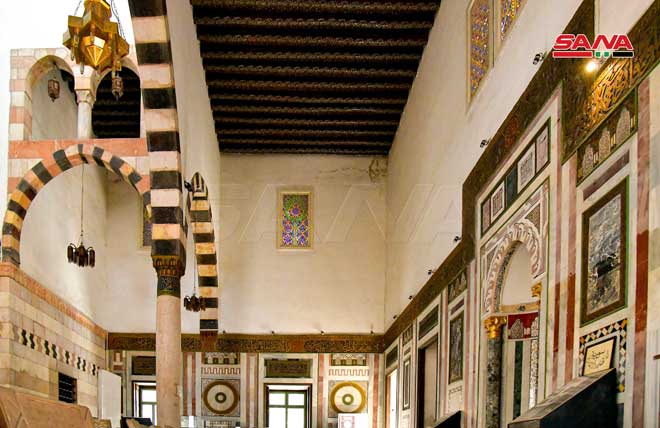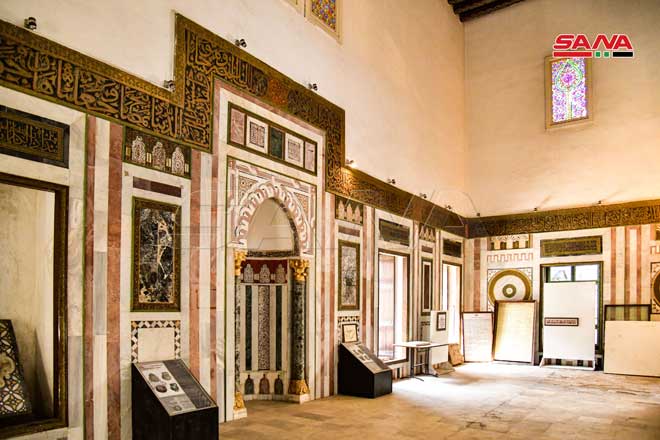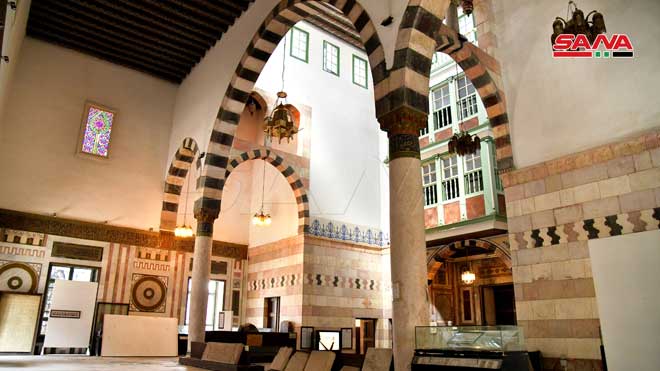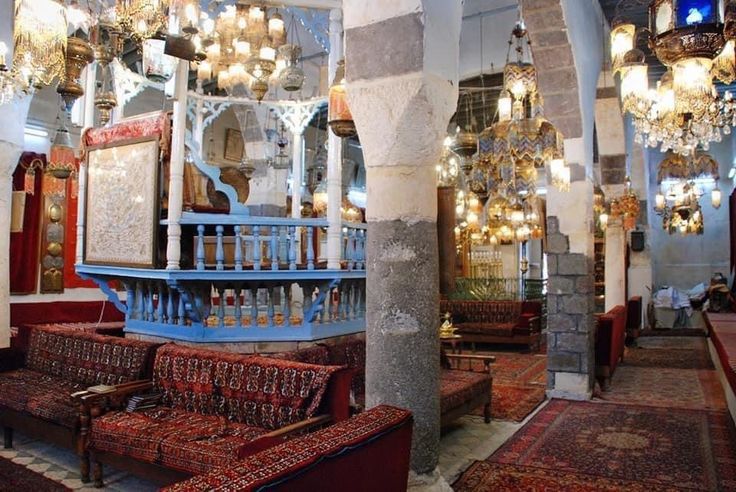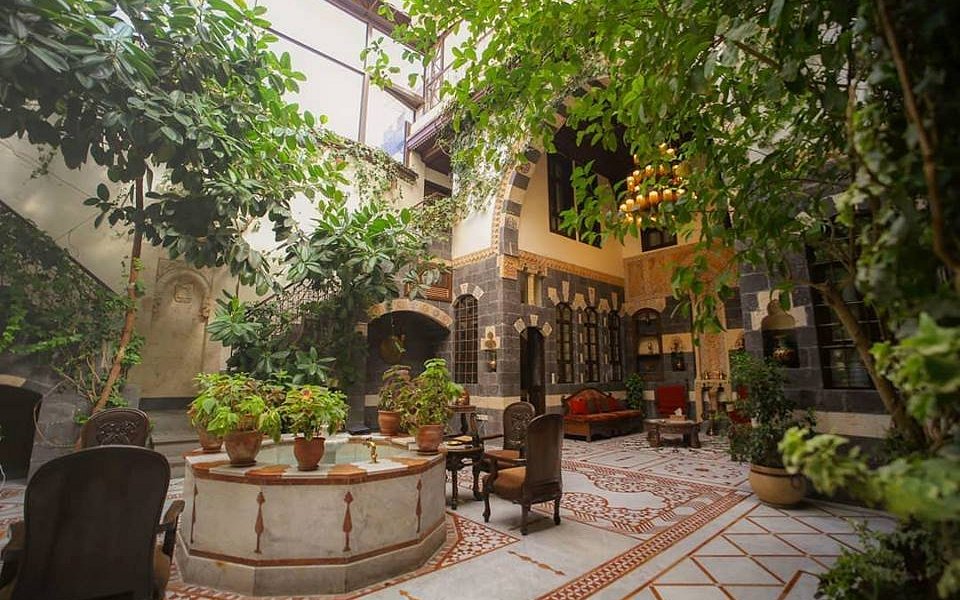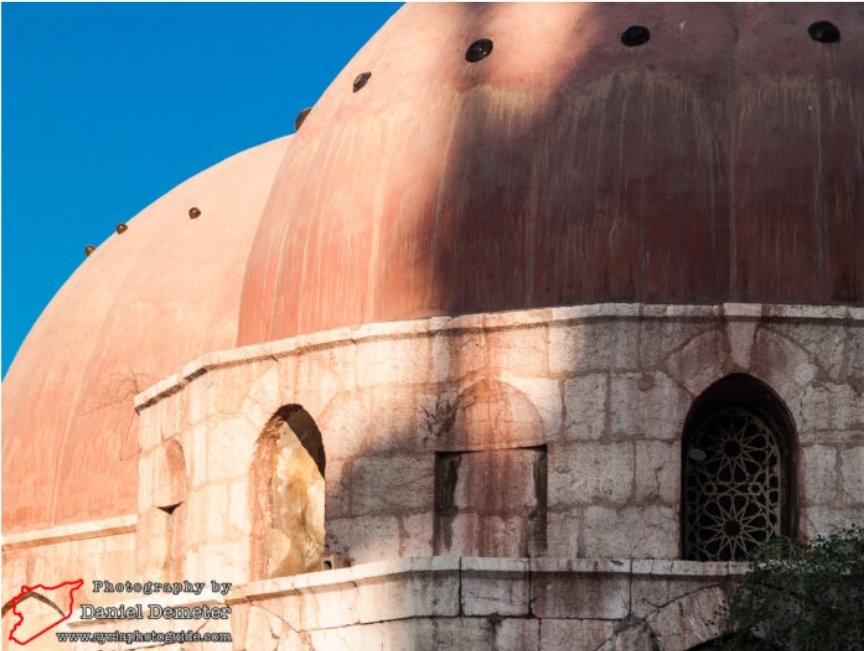Constructed between 1418 and 1420 CE by the order of Damascus’ governor Sayf al-Din Jaqmaq, the madrasa was transformed into a museum of Arabic calligraphy in 1975. The use of ablaq masonry alongside the varied basalt and limestone hues exemplifies the sophistication of late Mamluk architecture.
The courtyard houses a marble fountain that refreshes the atmosphere for the numerous calligraphy students and visitors, while the surrounding halls display rare manuscripts such as the Ruq‘a Ibn al-Bawwab from Damascus.

